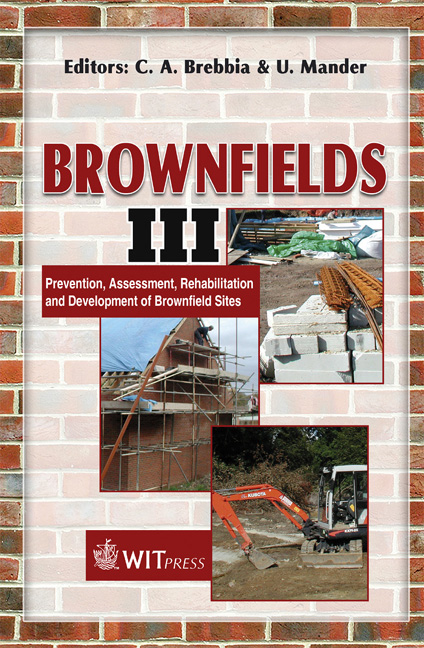Black Alder As A Promising Deciduous Species For The Reclaiming Of Oil Shale Mining Areas
Price
Free (open access)
Transaction
Volume
94
Pages
11
Published
2006
Size
486 kb
Paper DOI
10.2495/BF060091
Copyright
WIT Press
Author(s)
K. Lõhmus, J. Truu, M. Truu, E. Kaar, I. Ostonen, S. Alama, T. Kuznetsova, K. Rosenvald, A. Vares, V. Uri & Ü. Mander
Abstract
Black alder (Alnus glutinosa) plantations of different age were investigated on reclaimed oil shale mining areas in Northern Estonia with the aim of analysing the impact of microbial communities in the rhizosphere and bulk soil, and the effect of fine root adaptations on stand development and productivity. Biolog Ecoplates were used to determine the community-level physiological profiles (CLPP) in the rhizosphere and bulk soil samples. CLPP were summarized as AWCD (average well color development, OD 48h–1). The rhizosphere/bulk soil ratio of AWCD was an order higher in the 4-yr-old stand than in the first year after planting or in middle-aged stands. The substrate-induced respiration (SIR) and basal respiration (BAS) of bulk soil samples were measured, and the metabolic quotient q(CO2)=BAS/SIR was calculated. Short root morphological studies were carried out using WinRHIZOTM Pro 2003b. SIR increased from 0.23 to 2.73 mgCg-1, while q(CO2) and mean specific root length (SRl, m g-1) decreased with increasing stand age (from 1 to 26 years) from 0.51 to 0.25, and from 172 to 90 m g-1 respectively. Soil pH decreased 1 unit during the first 26 years. According to efficient adaptive strategies, the survival and productivity of black alder stands on oil shale mining areas are high, and hence black alder is a perspective tree species for the afforestation of these areas. Keywords: Alnus glutinosa, Biolog Ecoplates, fine root adaptations, oil shale mining area, rhizosphere processes, substrate-induced and basal respiration.
Keywords
Alnus glutinosa, Biolog Ecoplates, fine root adaptations, oil shalemining area, rhizosphere processes, substrate-induced and basal respiration.




